![[Rozmiar: 14094 bajtów]](jarmo_a.gif) |
 |
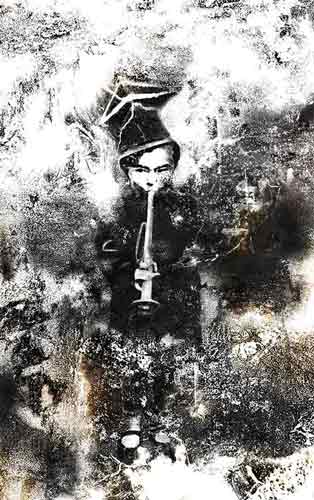 |
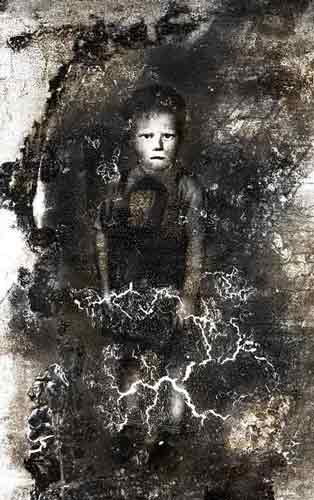 |
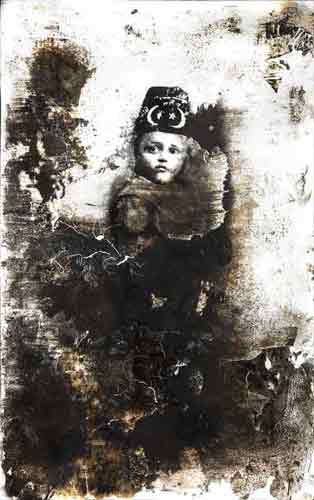 |
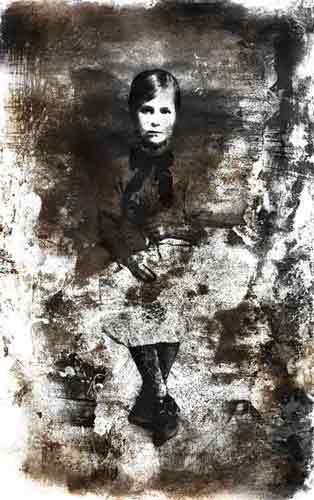 |
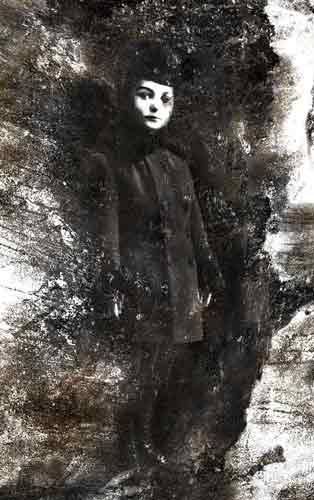 |
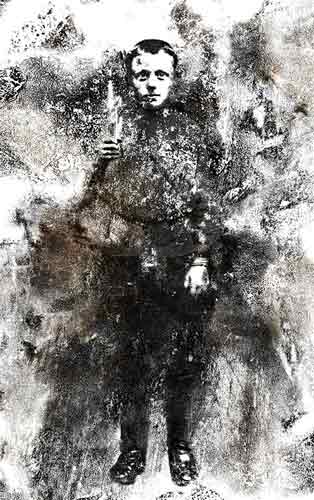 |
| Evry Overpast Moment / Photography As a Memory |
|
One who did not circled life before he began to live, never will not live.
Anyone who has experienced life and soon it saturated, is poor construction. This one lives, who chose repeat. He will not run for butterflies, as a little boy, will not climb up on his toes, greedy splendor of the world, because he already know them. Not weaves as well as the old spinner, woven on a loom memories, but quietly goes his way, pleased with the possibility of repetition. Søren Kierkegaard1
|
|
Turning now to the past days of my childhood period, I am looking for the confirmation of then existing reality. I pass courtyards of the old time. The road between houses on main streets of my home city, and the garden of my grandparents was full of extraordinary experiences they passed over. There were a variety of scents, shapes of trees, curve paving, crowds variously looking people and horses harnessed to carts. Passing the "Crone's Bargain” intensity of these feelings rose to the level of impudence. Not all were pleasant, and many of them I preferred to avoid. When I return today to these places there are no longer there my favorite trees, or the rocky street. For this I only care about to find those smells. Unfortunately, the time of horses and cyclists exporting dripping malt in burlap bags from the local brewery, fluffy, rural cream and traces of flour around the driveway nearby mill has passed. Everything is gone. That leaves only the images of my mind traced in old photographs. This reality exists only on the pages of albums.
Kierkegaard writing about repetition had in mind the state of existence that already has been, and which "returns" in the present, as a metaphorical link connecting past with the present moment. Photography has the power to recall past events in an infinite number of duplicate copies, though they occurred only once2 . Regardless of elapsing time their action is the same and never fades. Increases on the other hand, when the reality of the image applies to personal experience. "Each photograph is a certification presence"3 - says Roland Barthes. Family albums with collections of images with ancestors confirm the continuum of our existence, and the individual images from the personal collection tend to be the only trace of our loved ones4 . Once I met an elderly lady. We talked a while about the images that surrounds us everyday. The setting sun casting warm rays on freshly plowed ground. The memory of water, which is the source giving life, about our images reflected on it’s surface. We were listened with our own reflections staying in the past and waiting for the upcoming time change. And when each of us had been to go his own way, seventy year old woman pulled from the recesses of her wallet a wrinkled picture from the thirties of the twentieth century. It showed a young man and was the only memento picture of her father, whose face she did not know, and also the only image of counterfeit ever made such important man in her life. This photograph on the one hand has become a memory and not only personal, on the other one a witness the reality passed long ago. Silver halides stopped the energy of the light reflected from the real existence5 and like the traces of emanations from the sacred veil of Veronica6 in "mystical" way kept in memory the joyful expression of the portrayed person. Photographs from the past initiate the course of our thoughts not only to distant events, but also bring us closer to the reality of those times. For the activity of human life that once happened. The strongest feeling we receive, when we look at portraits of our family members who are already gone. Caught in the photography frame of a young woman walking with a small child in a stroller, always evokes the same observation - when we shoot, we "stop" the time. The person’s taken portrait will always show its age in that accurate moment. "In the essence, the term trace perceptual point depends on the position of the viewer, and can be described either as transience and as duration."7 "Every overpast moment - Photography as a memory" is a project related to the most important, and also basic character of this medium. The metaphor of return linking past and the present becomes the cornerstone of my research and references to the multicultural history of the city where I was born. Suwalki is the only one metropolitan area in the world with such a remarkable cemetery with its unique formula8 . It is the "Cemetery of the Seven Faiths", located at the intersection of Bakałarzewska and Zarzecze. In the area exceeding 19 hectares is located common complex cemeteries where we can find the remains of seven followers of religions: Islam, Judaism, Old Russian Orthodox, Orthodox, Lutheran, Calvinist and Catholic. From the childhood this place highly raised my imagination and desire to learn, both related to the pre-war historiography Suwalki, as well as commonalities and differences in cultural and religious believers of all communities. In the children's eagerness I looked through the windows of houses standing across the street naively thinking that the opposite location with respect to cemeteries household assigns to a particular rite and I could learn how the Sabbath or Tahnik9 were celebrated. I watched at this time old postcard with markets squares spilled far beyond its borders of Czarna Hańcza - water artery of the city. With amazement I entered into the Kirche, I was looking for traces of the synagogue, and wondered why the church where I received the sacrament of First Holy Communion looks like an Orthodox Church. All this has shaped my spiritual space and allowed to enter dialogue with the memory contained in old photographs and relate it to the present. In the archives of the Regional Museum and in private collections I sought out the photos from the late nineteenth and early twentieth century, on which existed images of different faiths children living or formerly associated with Suwalki. With the help of historians PhD Andrzej Matusiewicz, PhD Krzysztof Skłodowski and private persons I have determined most of the addresses where probably lived or stayed the "discovered" heroes. Then I checked whether in these locations can be found their contemporary living peers. Unfortunately, not all these places sill look the same as a hundred or more years ago. Some of the houses are missing and in those areas there are other buildings or empty spaces. At number 2 on the Waryński10 street lived The Wróblewski family, who hosted Jan Wiese11 . Today the site is the playground of State Kindergarten No. 2, where Mateusz Drejer attends. Their images, as well as the other pairs were confronted with each other to find the continuity of time and cause to reflect on the memory for the continuum of photography. The house12 of Staś Bogusławski13 , son of the Captain and then the Major of 3rd Mazowiecki Light Cavalry Regiment stationed in Suwalki is also missing. Italian type villa, after the reconstruction of the Wigierska street was moved to the vicinity of Czarna Hańcza river14 . Currently the property belongs to the Evangelical – Augsburg Church. Around this area there is the evangelic church, whose member is participating in my project, Wiktoria Szyłejko (the scout). The history of the Adelson’s Family building located at Wigierska 45 street15 was different. The building has been preserved in very good condition up until today and still belongs to the family. They had a significant impact on the quality of Suwalki’s citizens life16 . Adelson’s mill powered the urban electricity surrounding streets for free. Mr. Nathan17 , whose image has been used in the series "Every overpast moment (...)" was social active and a respected citizen of the city. Thanks to his efforts completely destroyed Jewish cemetery was brought back to life. These actions initiated reconstruction of the whole complex of the Seven Faiths Cemetery. Currently in the tenement house lives Filip Maziewski. Staroobriatczeskoja Sloboda (Cлобода Старообрядцев18 ) - Old Russian Orthodox hamlet was located on the south side of the river by ford, in the area of today's Zahańcze street. At the beginning of the second half of the nineteenth century about 120 people lived there. For a long time after the war old wooden huts were standing there, and the abattoir poles were sticking out of the river. Because of the hermetic environment of Old Believers, even though I have a friend among them, I could not find pictures of a baby directly related to the hamlet. But I suppose, however, that a girl of that religion which would come from St. Petersburg to nearby Sejny and Posejnanki had to reside in Suwalki19 . Ten years old Krzyś Tumas, whose great-grandfather was an officer in the tsar's army, lives in this area for five years. He is interested in history and spends his free time fishing. Piotr Bayer’s father, before the birth of his son, bought a tenement house on the Mickiewicz 5 street, which formerly belonged to the parish of the Orthodox Uspenski Cathedral and served as the parish house. Successive priests lived here with their families. The last one was Andrzej Sitkiewicz (1913-1915). After the First World War the fate of this place were extremely confusing. The house was officially abolished by the municipal in 1923. Picture of the boy in the Russian clothing was purchased by the Regional Museum in 1998 from an antique shop. It was taken in the Abram Zylbersztein’s atelier. The mystery is why the children on this photograph look like during the Catholic ceremony of The First Holy Communion. Probably these are the pupils of orphanages, which was carried out under the supervision of the Russian administration20 . Indescribable portrait of the girl with a sunshade also shared by the Regional Museum. The archive of the institution got it in 1998, together with the whole family album belonged to Mrs. Wanda Placyda Błażewiczówna, clerk of Suwalki City Hall, who worked there in the thirties and forties of the last century. We could not determine any data of the girl, including to which church she belonged. Her beautiful and fragile at the same time figure had become an epitome of Calvinism adherents in my project. Although Calvinists were mostly wealthy, well-educated townspeople, they left not too much material evidences. Around year 1846 two prosperous and well-known families of Swiss confectioners rented local in the corner building at the intersection of Kosciuszki21 and Chlodna streets. Walenty Robbi and Józef Semadeni22 belonged to the Evangelical – Reformed Church. They opened a confectionery with another partner, which echoes have survived in the community of the city to modern times. It is a place where you can still buy something sweet and see long queues in front of the window with ice cream. Igor Szyłejko helped in my project for the correspondence between past and present time. The boy is interested in art, including photography. Another famous catering establishment, giving good tasted palates to residents was Constantinople Bakery and Confectionery located almost opposite, at the current Pilsudski Square 1. Now in the tenement operates a bookshop. It was founded by Serif Gulap, a Turkish Muslim, probably around 1869. His son Yakup Guler was born on the 14th December 190223 . For educational purposes Yakup was sent to Istanbul, where he remained until his death. As a youth, after the First World War he became involved in the war for the sovereignty of Turkey. He also served in protecting Mehmet Prime Minister Recep Peker. He died on the 18th January 1975. I found about his story by accident looking for any information about the followers of Islam in the land of Suwalki. There were only a few, mostly soldiers serving in the tsarist army stationed in Suwalki. The Muslim cemetery includes only an insignificant area compared with others. No gravestones were preserved there. Deeply hidden entry on one of the forums online led me to Faik Okan Atakcana, a descendant of Yakup and his photography. The former bakery ever since I remember was always a bookstore. In the communist time, probably the only that was well-stocked. A place for seeking knowledge, art and socializing with friends. To this day, you can find there unique items publishing and see young people. One of them is Ola Kozakiewicz, who I captured in the photography. |
Grzegorz Jarmocewicz |
|
1 S. Kierkegaard, Powtórzenie. Próba psychologii eksperymentalnej przez Constantina Constantinusa, przeł. B. Świderski, Fundacja Aletheia, Warszawa 1992, s. 19. 2 Por. R. Barthes, Światło obrazu uwagi o fotografii, tłum. J. Trznadel, Wyd. KR, Warszawa 1996, s. 9. 3 Ibidem, s. 146. 4 S. Sontag, O fotografii, tłum. S. Magala, Wydawnictwa Artystyczne i Filmowe, Warszawa 1986, s. 13 5 Barthes, Światło obrazu, op. cit., s. 136. 6 S. Wojnecki, Moja Teoria Fotografii, Poznań 1999, uzupełnienie 2010, s. 9. 7 B. Stiegler, Obrazy Fotografii Album Metafor Fotograficznych, tłum. J. Czudec, wyd. Universitas, Kraków 2009, s. 135. 8 There are cemeteries bringing together smaller amounts of faiths or cemeteries, which by definition can hide people of all faiths, like the Lutheran All Faiths Cemetery, 67-29 Metropolitan Ave, Middle Village, NY 11379, United States 9 The ritual of greeting the newborn in Islam by inserting the juice of a dactyl into the baby's mouth and praying for him. 10 Before the II World War Jatkowa street. The name comes from butcher shops that were located there. 11 Marianna and Jerzy Wiese (Lutherans) – Jan’s parents. Marianna was the sister of Franciszek Wróblewski. 12 Currently, property marked No. 2 on the Wigierska street, near the intersection of Kosciuszko street. Formerly assigned to the St. Petersburg 212 street - Source: A. Matusiewicz, Suwałki, ul. Wigierska 2 – dzieje własności, budynków i właścicieli. (Opracowanie historyczne), Suwałki, lipiec 2009. 13 Catholic. 14 Villa moved behind the hotel Akwilon. 15 Before No. 34. 16 Józef Adelson, the father of Natan was also known for his social activities - Source: http://www.sztetl.org.pl/ru/article/suwalki/16,-/27214,naum-adelson-ostatni-zydowski-straznik-z-suwalk/ 17 Photo from Józef Adelson’s family album. 18 Cлобода means bigger habitat around the city. 19 Photo from the late nineteenth century from the family archive of Andrzej Gniady, whose uncle was the last local clergyman. The current clergyman comes from Latvia 20 Asylums were financed with municipal and charitable contributions, and therefore was it possible to order ceremony photo by the orphanage? 21 Old Petersburg street. 22 Probably the same Semadeni Józef led the famous pastry shop "Pod Filarkami" in the building of the Grand Theatre in Warsaw, and his family as well-known pastry shop in Lublin. 23 In the civil registry was saved as Yakup Sabri, although his father in the family documents described him as Ibrahim Necati, source: private information descendant of the family of Faik Okan Atakcana |
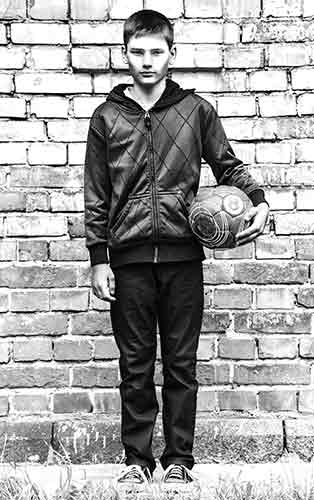 |
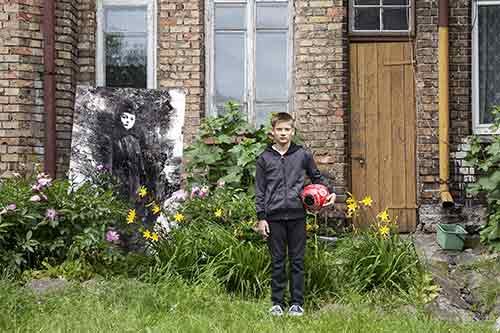 |
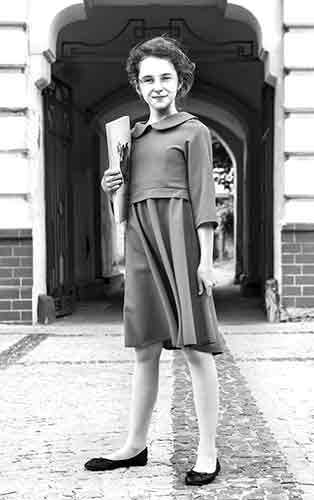 |
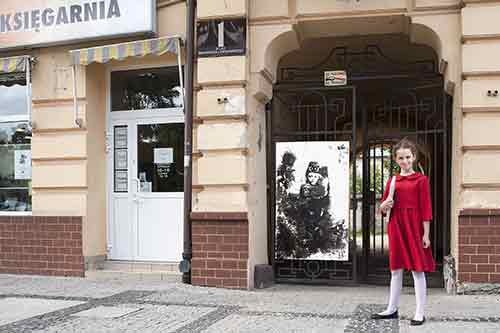 |
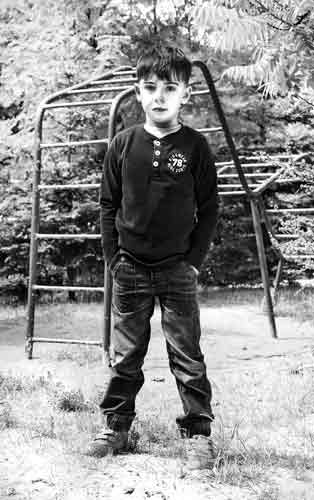 |
 |
Copyright ©2015 Galeria FF ŁDK i Autorzy |